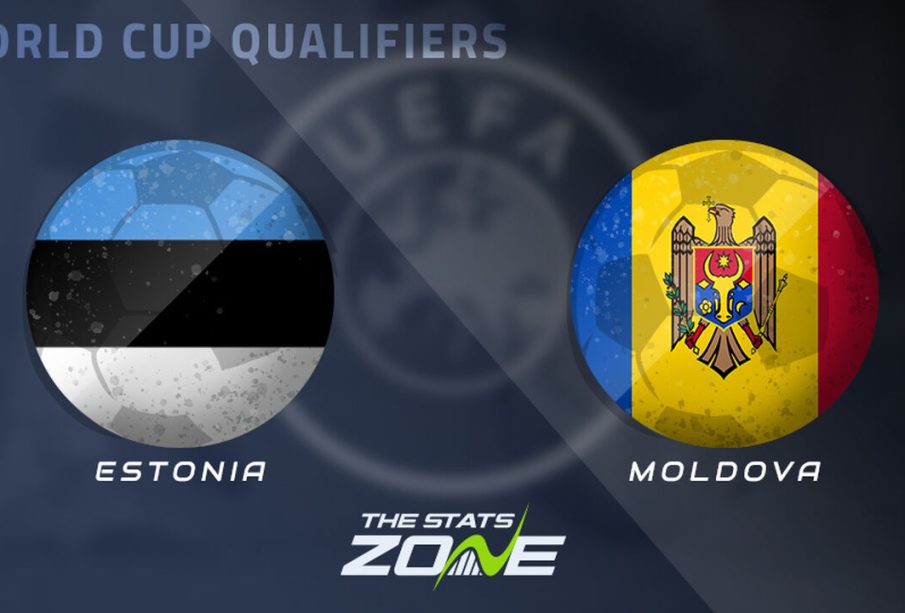Estonia vs Moldova: A Comparative Analysis

Introduction
Estonia and Moldova, two European nations with distinct histories and cultures, offer an insightful comparison for those interested in geopolitics and regional dynamics. This analysis highlights the importance of understanding their differences and similarities, especially in the contexts of European integration and economic development.
Geographic and Demographic Overview
Estonia, located in Northern Europe, has a population of approximately 1.3 million people. Known for its advanced digital society, it is a member of the European Union and NATO. Conversely, Moldova, a landlocked country in Eastern Europe bordering Romania and Ukraine, has a population of around 2.6 million. Moldova is striving for closer ties with the European Union while facing challenges in governance and economic stability.
Cultural Connections and Languages
Estonia boasts a unique blend of Nordic and Eastern European influences, with Estonian as its official language. The country has a rich history of digital innovation and cultural heritage, notably in music and literature. On the other hand, Moldova’s culture is heavily influenced by Romanian heritage, including language, music, and traditions. The official language is Romanian, although Russian is widely spoken due to historical ties.
Economic Landscape
Economically, Estonia is often cited as one of the most successful post-Soviet states, demonstrating strong growth and technological advancement. Estonia’s GDP per capita is significantly higher than Moldova’s, reflecting its robust digital economy and foreign investment. In contrast, Moldova faces challenges such as high poverty rates and considerable reliance on remittances from Moldovans working abroad.
Recent Developments
In recent news, both countries are making strides towards strengthening their geopolitical positions. Estonia’s commitment to NATO and participation in various EU initiatives reinforce its stability in the region. Meanwhile, Moldova has been working to align more closely with EU policies, particularly in response to geopolitical tensions involving Russia. The decision to pursue EU membership reflects Moldova’s desire for economic reform and stability.
Conclusion
In conclusion, the comparison between Estonia and Moldova underscores the diverse paths that countries can take following similar historical contexts. As Estonia continues to thrive through digital innovation, Moldova’s journey toward EU integration remains filled with both challenges and opportunities. Observers of European politics should pay close attention to these countries as they navigate their futures, as the outcomes may significantly influence broader regional dynamics.









